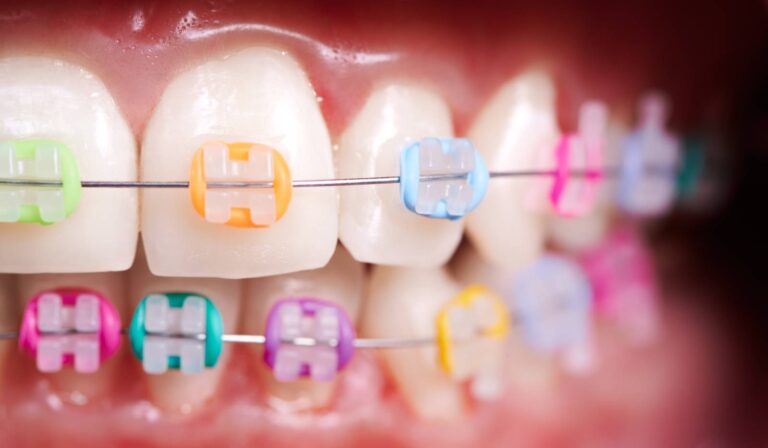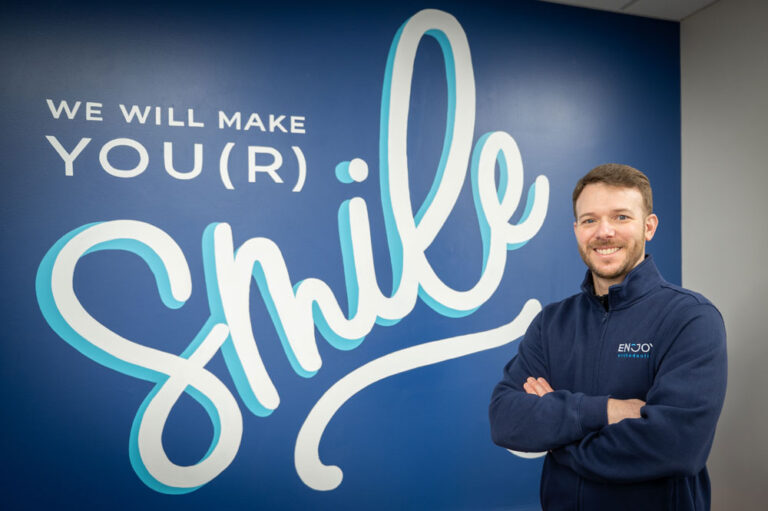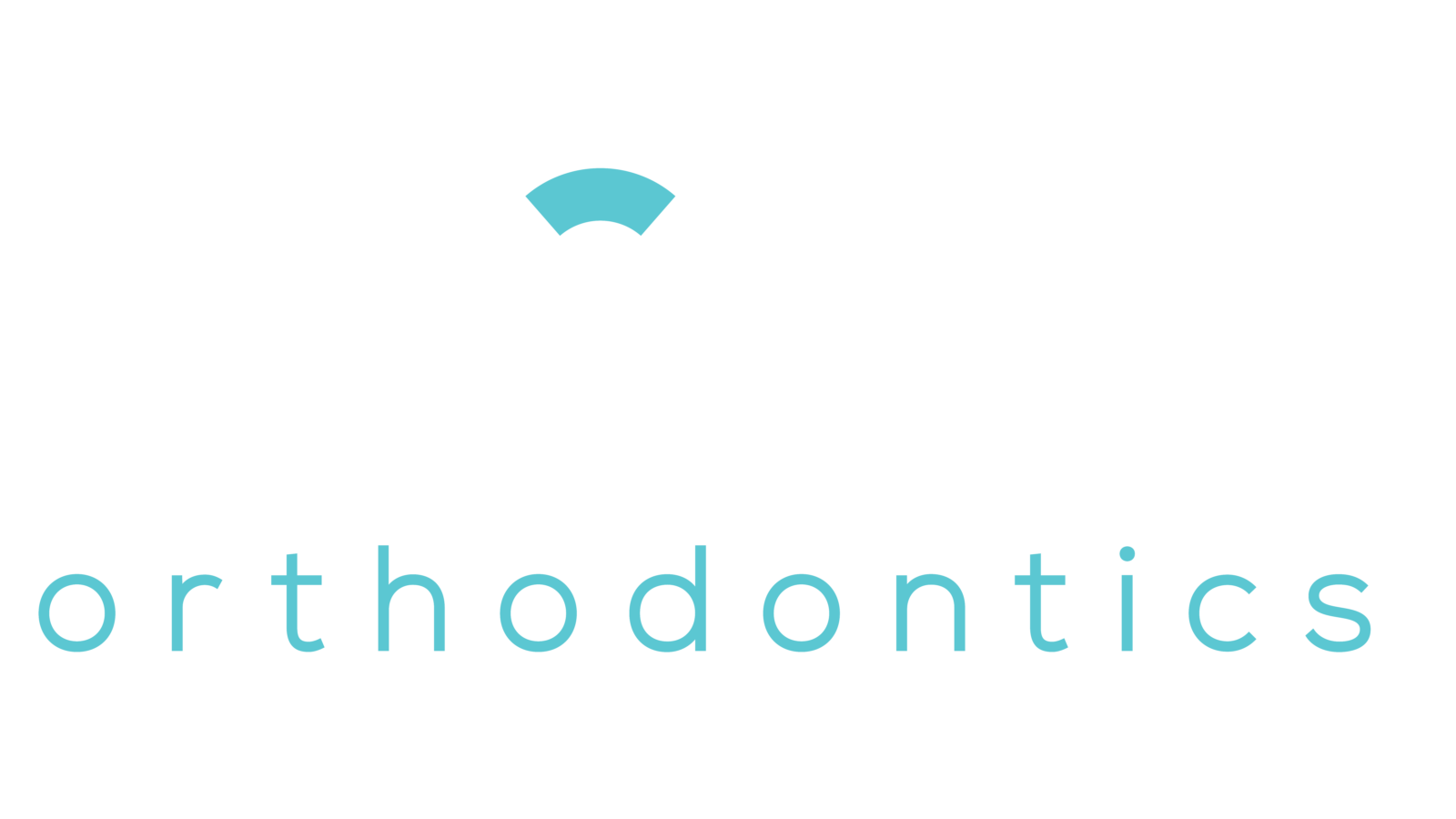As a parent, you want the best for your child—including a healthy, confident smile. But when it comes to orthodontic care, one of the most common questions parents ask is: “At what age should my child get braces?”
Some children start treatment as early as age 7, while others may not need braces until their early teens. There are cases, however that an orthodontic treatment is recommended even before 7 years old. The right time depends on your child’s unique dental development. Collaboration with your child’s pediatric dentist is crucial in determining the right time for braces, as they can help guide the eruption of permanent teeth and address potential issues early on. In this guide, we’ll walk you through everything you need to know about braces for kids, including the best age for treatment, signs your child may need braces, and what to expect during the process.
Understanding Orthodontic Treatment
Orthodontic treatment is a specialized branch of dentistry that focuses on diagnosing, preventing, and correcting misaligned teeth and jaws. The primary goal is to enhance the overall health and appearance of your child’s teeth and mouth. This type of treatment can address a variety of issues, from crooked teeth to improper jaw alignment, ensuring a healthier, more confident smile.
When Do Kids Get Braces?
The right age for braces varies, but most kids start orthodontic treatment between ages 7 and 14. This is when some or all permanent teeth have come in, and the jaw is still growing—making it the perfect time to correct misalignment and bite issues.
Some children may benefit from early orthodontic treatment (known as Phase 1 treatment) usually between age 7 and 10. This doesn’t always mean getting braces right away, but it can involve palatal expanders, space maintainers, or partial braces to guide jaw growth and prevent bigger issues later.
Common Ages for Orthodontic Treatment:
● Phase 1 Treatment (Ages 7-10): For early jaw correction and space maintenance. Monitoring the eruption of adult teeth is crucial during this phase, as new teeth may not always align properly. Additionally, losing baby teeth early due to injuries or tooth decay can impact the need for braces, making it important to keep an eye on a child’s dental health.
● Traditional Braces (Ages 10-14): Most kids get braces during this time when permanent teeth have erupted.
● Teen Treatment (Ages 12-18): Braces or clear aligners like Spark or Invisalign Teen are common at this stage.
At Enjoy Orthodontics, Dr. Felipe Porto evaluates each child individually to determine the best time to start treatment, ensuring the most effective and comfortable approach for their growing smile.
Signs Your Child Might Need Braces for Crooked Teeth
While some kids have obvious alignment issues, others may not show noticeable signs. The American Association of Orthodontists (AAO) recommends that all children see an orthodontist by age 7 to check for early warning signs. Evaluating the condition of a child’s mouth during these check-ups is crucial for identifying potential dental issues. Additionally, orthodontists can identify and address poor oral habits from a young age, which can influence the need for braces and other orthodontic treatments.
Your Child May Need Braces If They Have:
● Crowded or overlapping teeth
● Gaps between teeth that don’t seem to be closing
● A noticeable overbite, underbite, or crossbite
● Difficulty chewing or biting into food
● Mouth breathing or frequent snoring
● Thumb-sucking past age 5 (which can affect tooth and jaw development)
● Early or late loss of baby teeth (which can impact how permanent teeth come in)
● Frequent tooth decay (which can be a sign that a child may need braces)
At Enjoy Orthodontics, Dr. Porto performs thorough evaluations to catch potential issues early, reducing the need for more complex treatments later.
What to Expect When Your Child Gets Braces
If your child needs braces, you might be wondering what the process looks like. Here’s what you can expect:
Early treatment in orthodontics can be crucial for addressing specific dental and skeletal imbalances in young patients, preventing long-term complications and reducing the need for extensive treatment later on.
1. Initial Consultation
The first step is an evaluation with an orthodontist to assess your child’s teeth, jaw growth, and bite alignment. Digital X-rays and 3D imaging help create a customized treatment plan.
2. Placement of Braces
Braces are attached using a quick, painless bonding process. Your child may experience mild discomfort for a few days as they adjust.
3. Regular Adjustments
Braces need to be tightened every 4-6 weeks to gradually shift teeth into place. These visits are usually quick and straightforward.
4. Treatment Duration
Most kids wear braces for 12 to 24 months; the duration to wear braces depends on various factors, such as the seriousness of the dental issues and the specific condition of the child’s teeth.
5. Retainers After Braces
Once braces come off, a retainer is required to keep teeth in their new position. Most kids wear retainers full-time for the first few months, then switch to nighttime wear.
What Types of Braces Are Best for Kids?
There are several types of braces available for children, and the right choice depends on their dental needs and preferences.
Types of Braces for Kids:
● Traditional Metal Braces – The most common and effective option for kids.
● Clear or Ceramic Braces – A less noticeable alternative to metal.
● Self-Ligating Braces – Uses different brackets that may reduce friction
● Clear Aligners – A removable option for teens with mild to moderate alignment issues.
At Enjoy Orthodontics, Dr. Porto helps parents weigh the pros and cons of each option, ensuring kids get the most effective and comfortable treatment.
How to Help Your Child Adjust to Braces
Getting braces is a big change for kids, and it can take some time to adjust. Here are some ways to help them through the process:
● Prepare them for mild discomfort – Over-the-counter pain relievers and orthodontic wax can help.
● Stock up on soft foods – Mashed potatoes, yogurt, soup, and smoothies are great during the first few days.
● Encourage good oral hygiene – Brushing and flossing around braces takes extra effort, but it’s essential.
● Remind them that braces are temporary. Help them focus on the end result—a beautiful, healthy smile!
The team at Enjoy Orthodontics provides ongoing guidance and support, making sure both kids and parents feel confident throughout the process.
Is Your Child Ready for Braces? Schedule an Orthodontic Evaluation Today!
Every child’s smile is unique, and the best way to determine if they’re ready for braces is with an orthodontic evaluation. The earlier potential issues are identified, the easier treatment can be!
At Enjoy Orthodontics, Dr. Felipe Porto specializes in kid-friendly orthodontic care and creates customized treatment plans that set children up for a lifetime of healthy smiles.
Schedule a consultation today and take the first step toward a confident, beautiful smile for your child!











